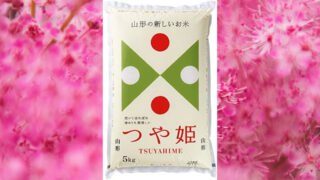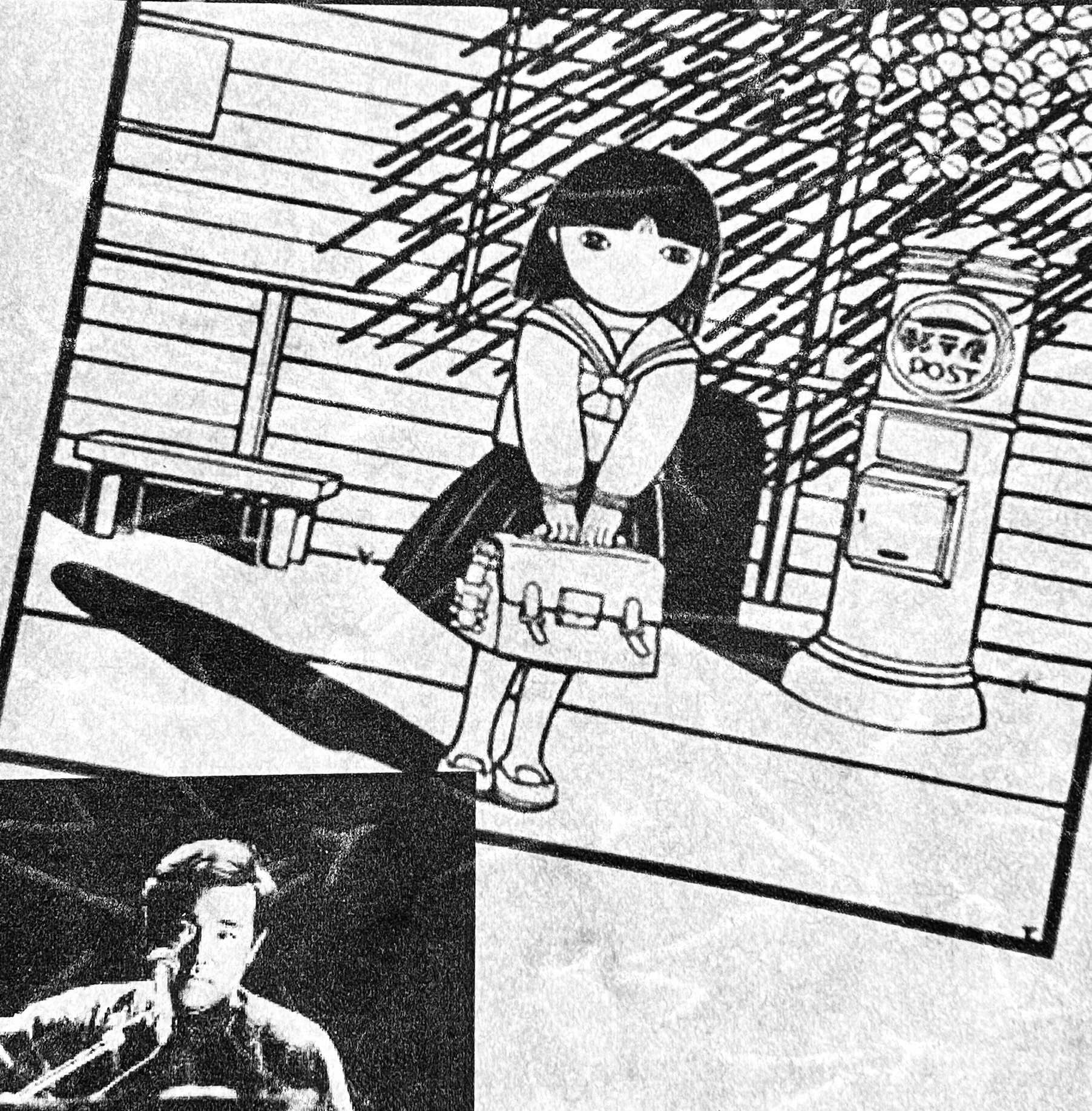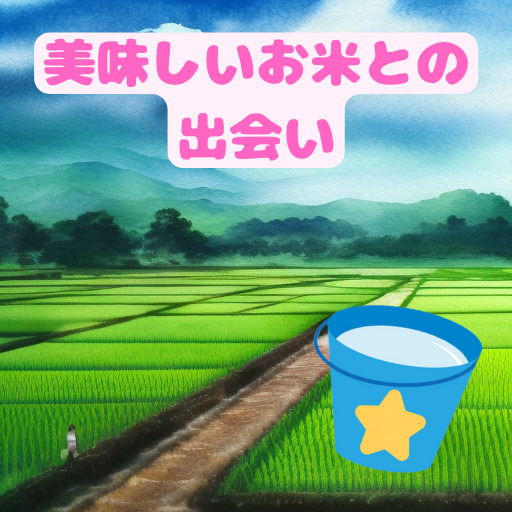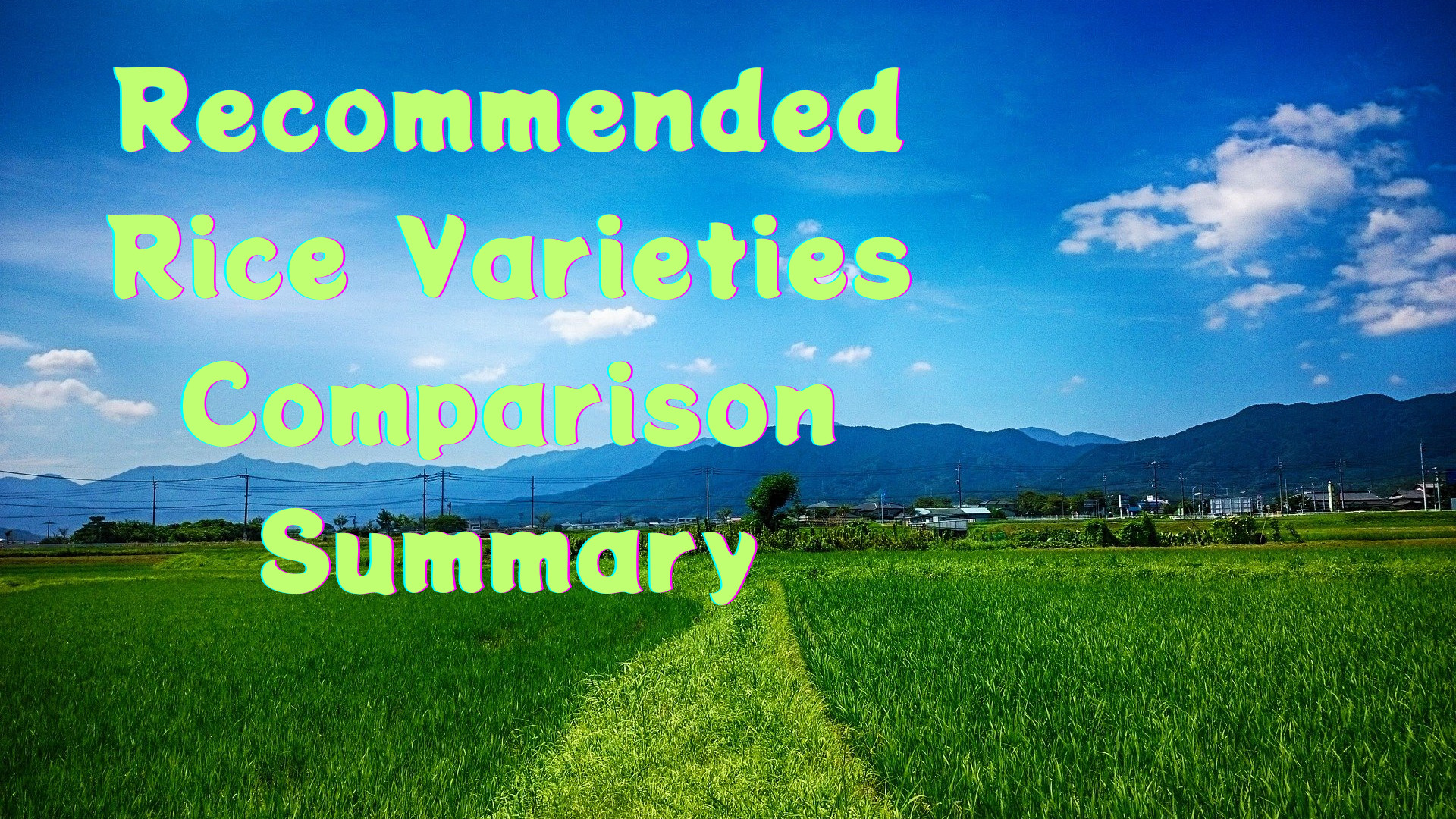Isn’t it delicious? Niigata [Koshihikari New Rice] Actual Food Review (from Kaetsu region)
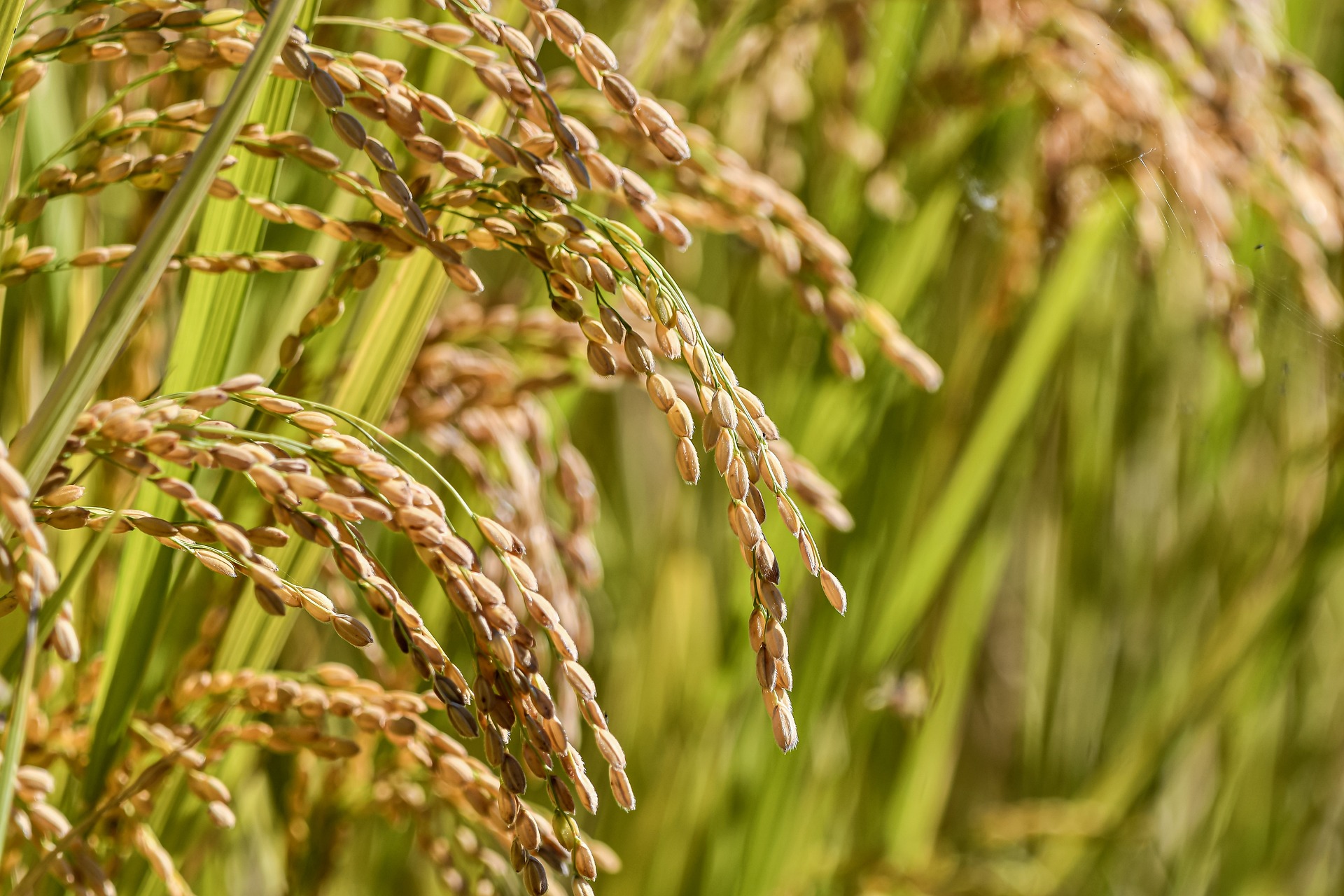
Welcome!
This time, I will send you a brand rice actual food review.
The rice to be taken up is……,
New rice from the Kaetsu region of Niigata Prefecture “Koshihikari”
As usual,
- Characteristics and tendencies of taste, flavor, and appearance
- Effects of cooking method and amount of water
- Recommended for people like this (how to eat, etc.)
I would like to tell you about the items, so thank you very much ☆
Depending on the production area, it may be evaluated as not delicious or bad, but what about this “ Koshihikari ” from Kaetsu, Niigata Prefecture?
Characteristics and tendencies of taste, flavor, and appearance
Yellowish rice before cooking → Transparent white rice after cooking
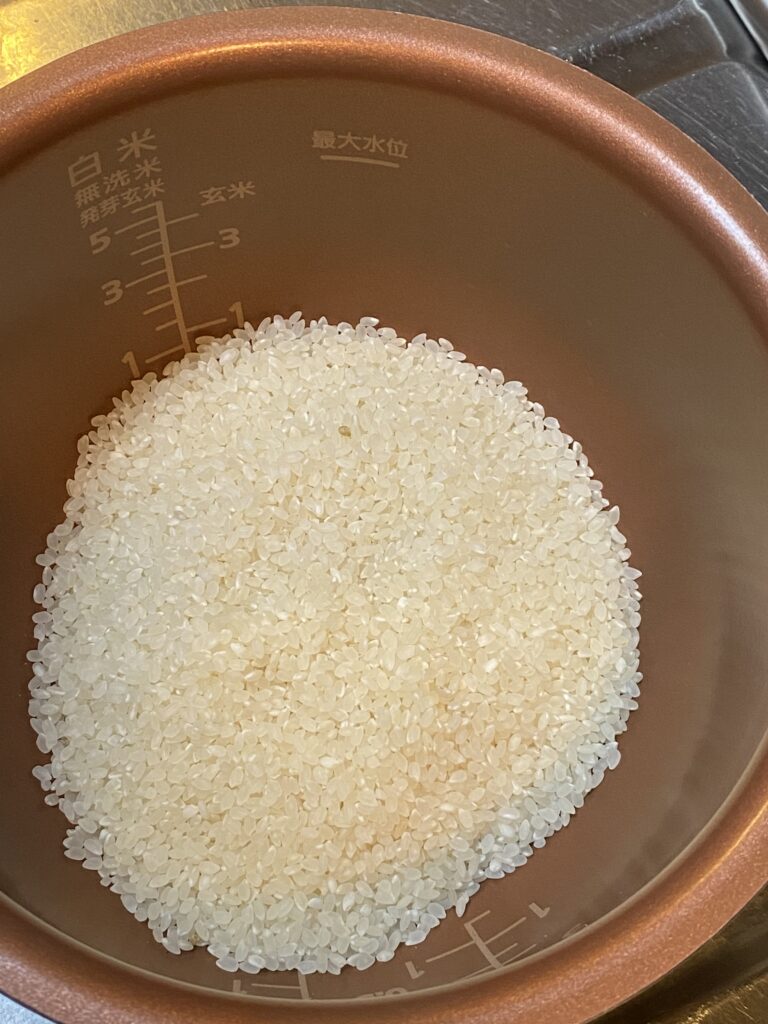
When you think of Koshihikari, you might think that it is a Yokozuna class rice grain, but surprisingly, it is not so white before cooking and has a slight yellowish tint .
(The lighting in the kitchen is a warm color, so it may be because of that, but compared to other rice, it doesn’t feel particularly white.)
I usually review no-wash rice, but this time it’s regular polished rice, so it may be because the skin bran remains.
However, there is a freshness that you can touch even before you wash the rice . Because it is new rice, you can feel the moisture.
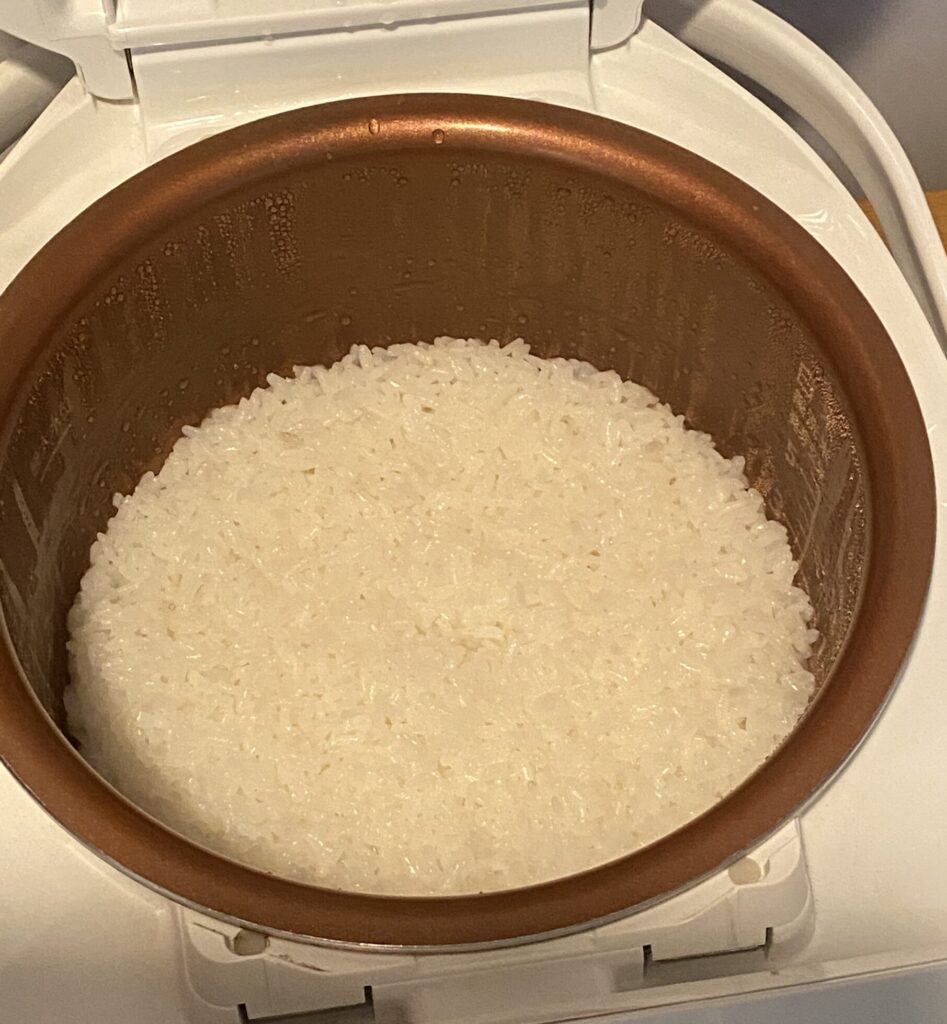
When it’s cooked, it’s glossy!
Well, yokozuna is yokozuna after all, and the whiteness of the rice and the clear shine make a difference.
It’s not the matte whiteness like “Yukiwakamaru” from Yamagata Prefecture that I reviewed earlier, but the transparent whiteness.
When you stir it, it has a solid weight, but it doesn’t crush the grains, and it feels like the water is condensed.
Refreshing sweetness
When you actually try it, it has a really refreshing sweetness.
Even after cooking, the moisture remains, and the rice itself is really fresh. You can move on to the next sip without feeling stuck in your mouth or throat.
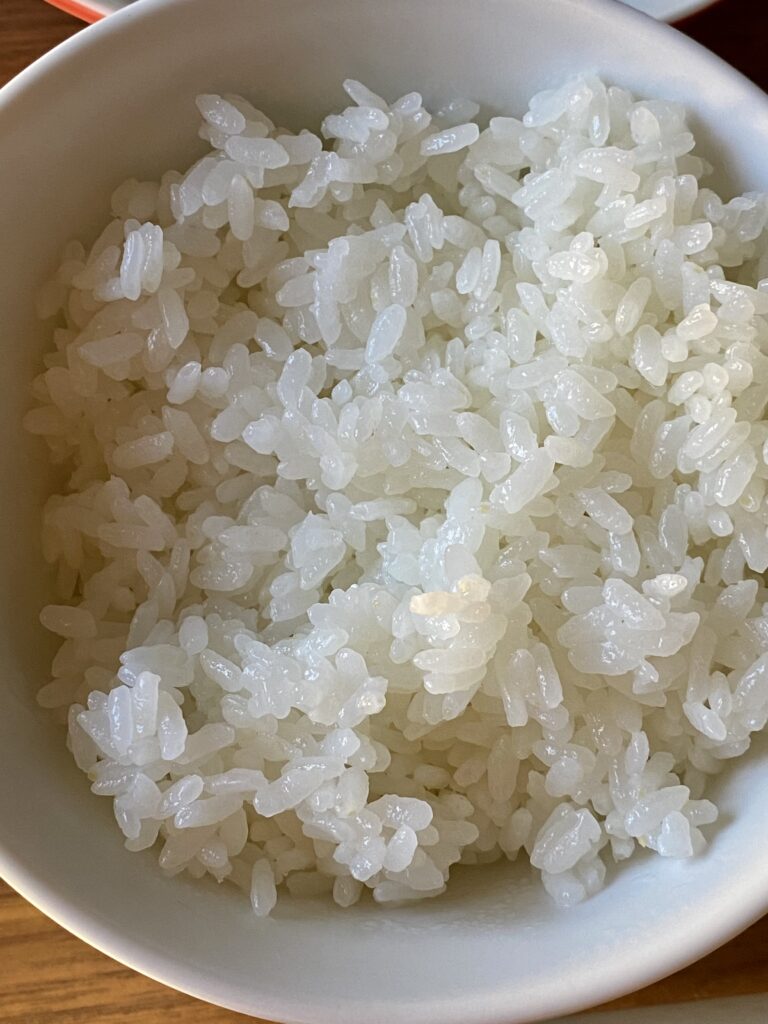
The texture is thick, but it’s more like “punipuni” than chewy.
The crispness is also the reason why you can eat more and more.
Koshihikari has a strong taste, and I had an image that it was heavy and not refreshing, but after trying many different varieties, I found that it was more watery and fuller .
As expected, this was done.
There is a variety called “Sasanishiki”, which was said to be the yokozuna of the east (we also review the actual food on this site), but I feel that the direction of development is fundamentally different.
Sasanishiki seems, as a plant (?), to be a very sophisticated existence…
Effects of cooking method and amount of water
What caught my eye was the amount of water droplets left on the lid of the rice cooker right after the rice was cooked.
It’s not like I used a lot of water, but the lid had pretty much water droplets on it, which was incomparable to the rice I had used before.

It’s kind of a hat off to be able to show off such a clear freshness.
Regarding the amount of water, I think that a little less is basically suitable .
By cooking with less water, there is an image that the moisture and deliciousness are condensed in each grain of rice.
On the other hand, if you add more water, the stickiness will increase, and the weight on the rice scoop and chopsticks will increase.
In other words, it also leads to heavy taste when eating. This area is up to you.
Recommended for people like this
For those who want to taste the complete form of crops called “rice” once.
It may have been a bit of a conservative review, but Koshihikari is still king.
Koshihikari is also a variety that was born after several generations of selective breeding.
I think the “rice” is the most delicious and evolved form at present, so I would like you to try the Koshihikari just as it is cooked before eating side dishes .
By the way, Koshihikari itself has a very good taste, so if you add multi-grain rice, the overall flavor will be affected and the flavor may be lost .
The manager often uses multi-grain rice, but this time I had Koshihikari as white rice.
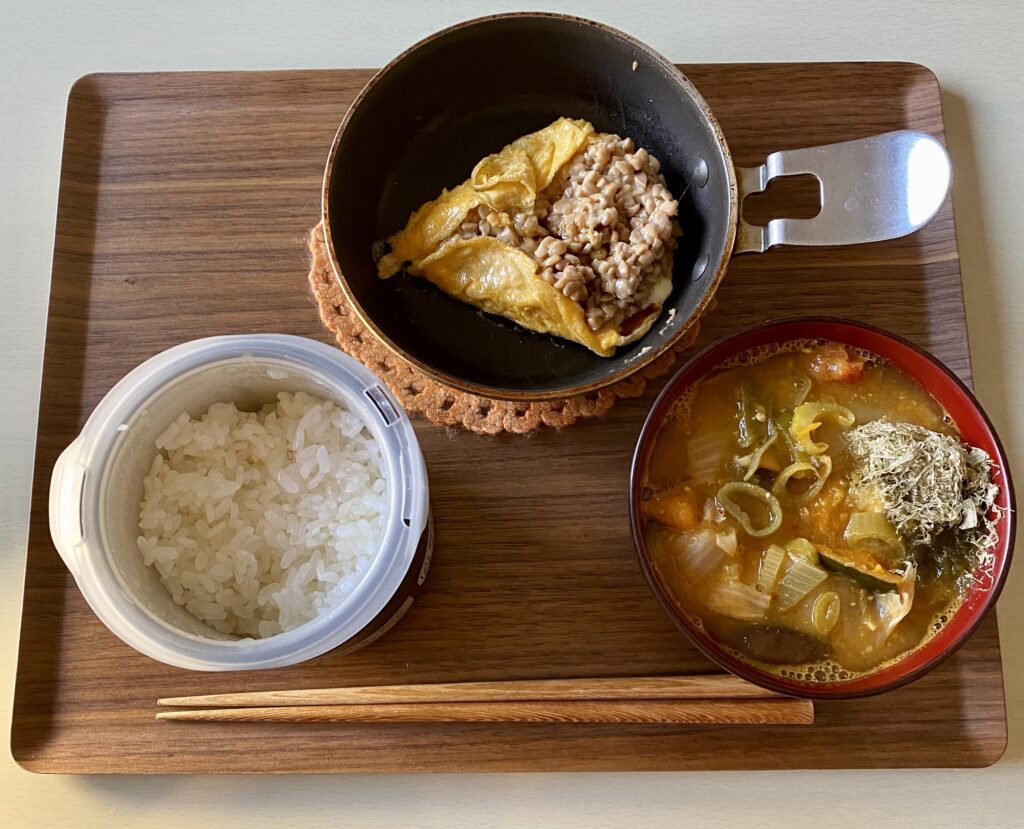
(It’s also delicious if you keep it warm in a lunch jar!)
Summary
“Koshihikari” from Kaetsu, Niigata Prefecture, was very delicious.
With its concentrated freshness and texture, it feels like it shows off the hidden power of rice.
It seems necessary to try “Koshihikari” from other production areas in the future.
Other Rice Reviews
⇒ tried and compared 5 varieties such as “Sasanishiki”!
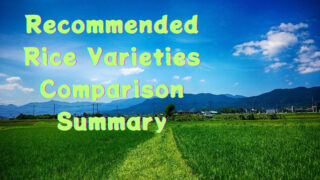
⇒ “Tsuyahime” Be careful about the water!
